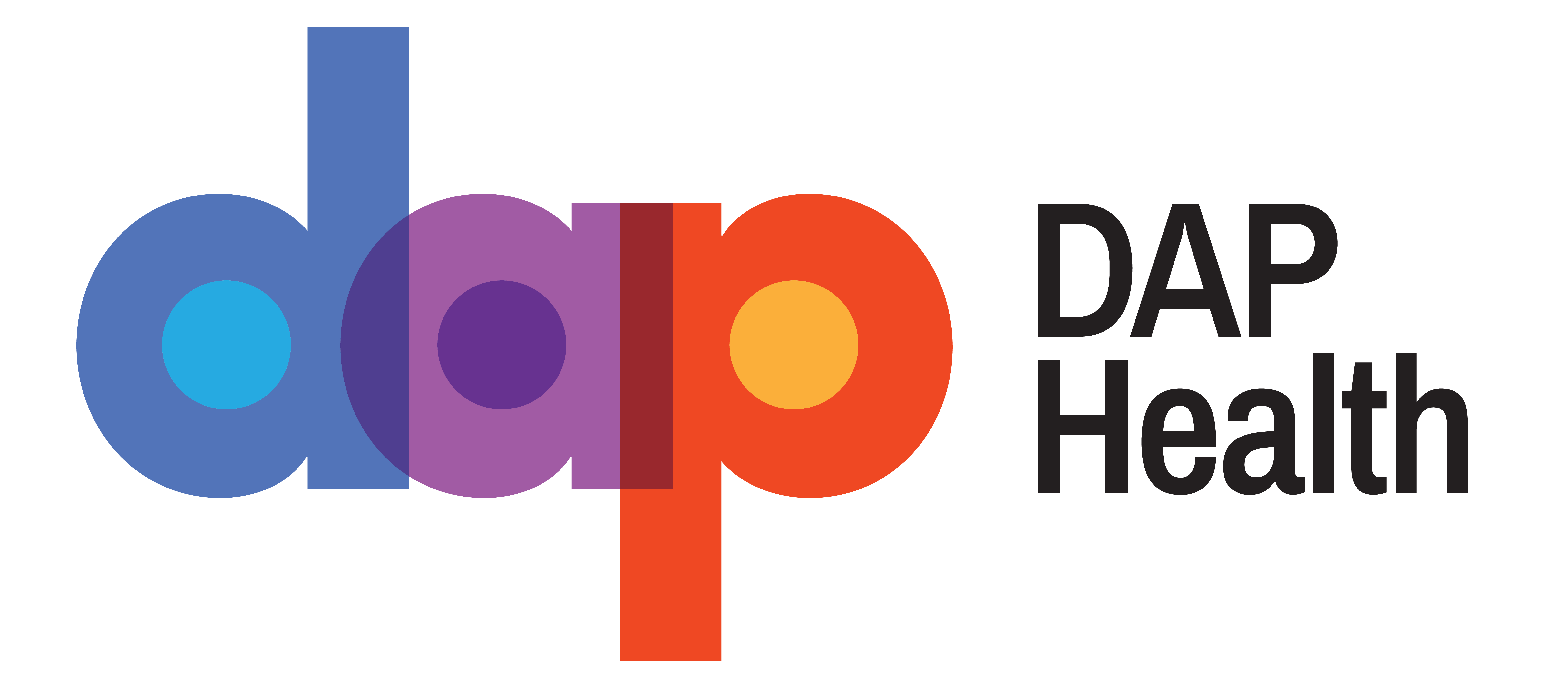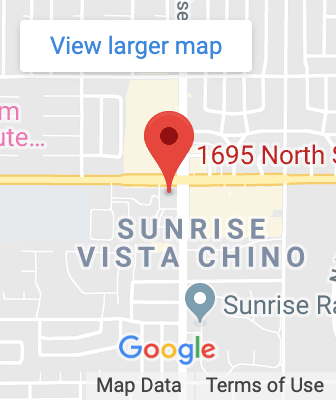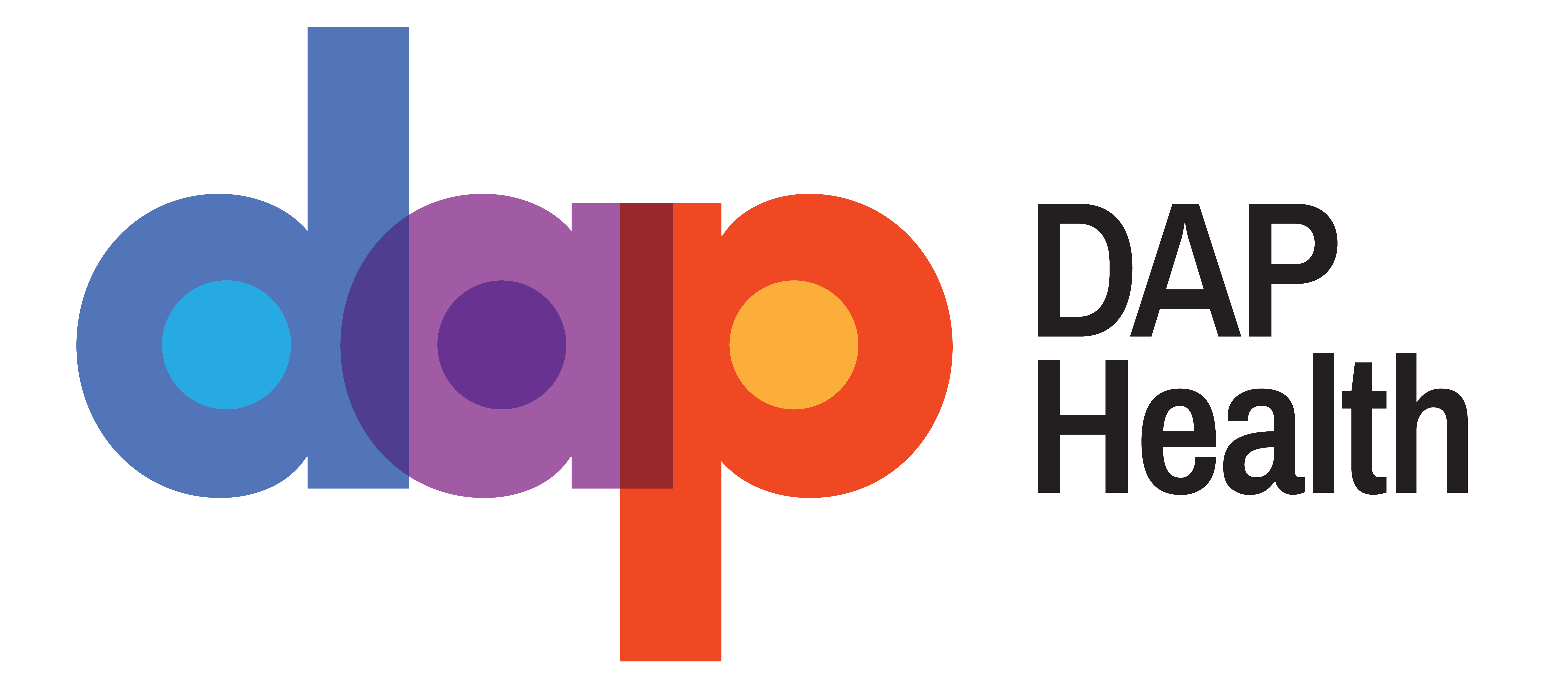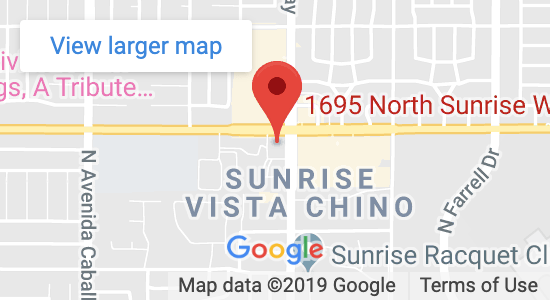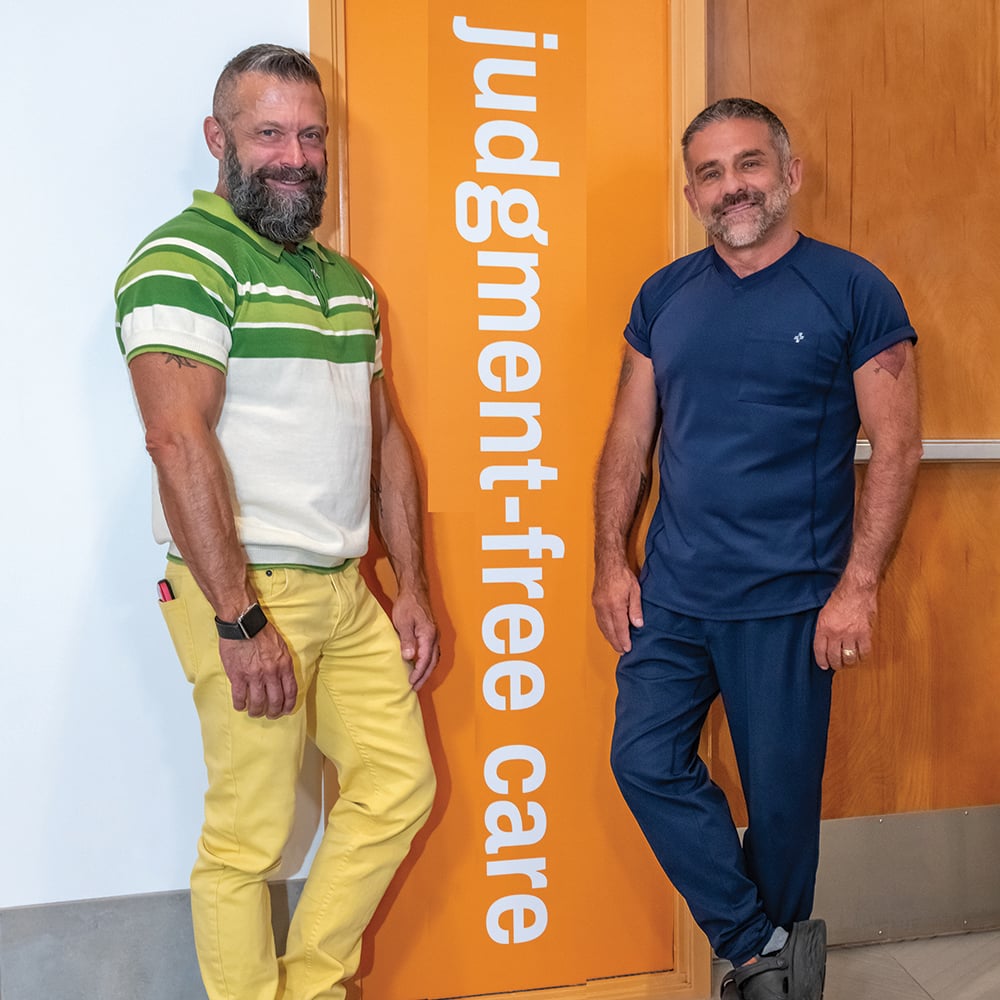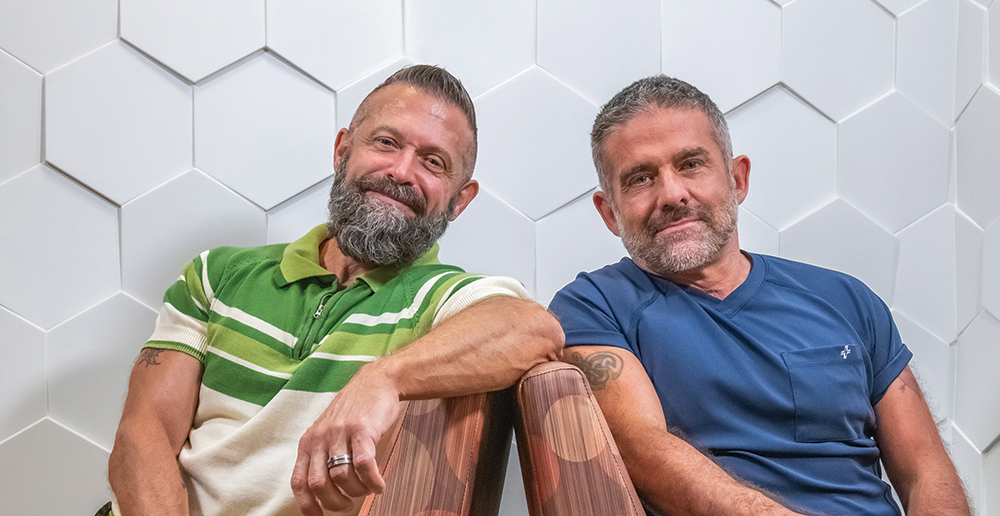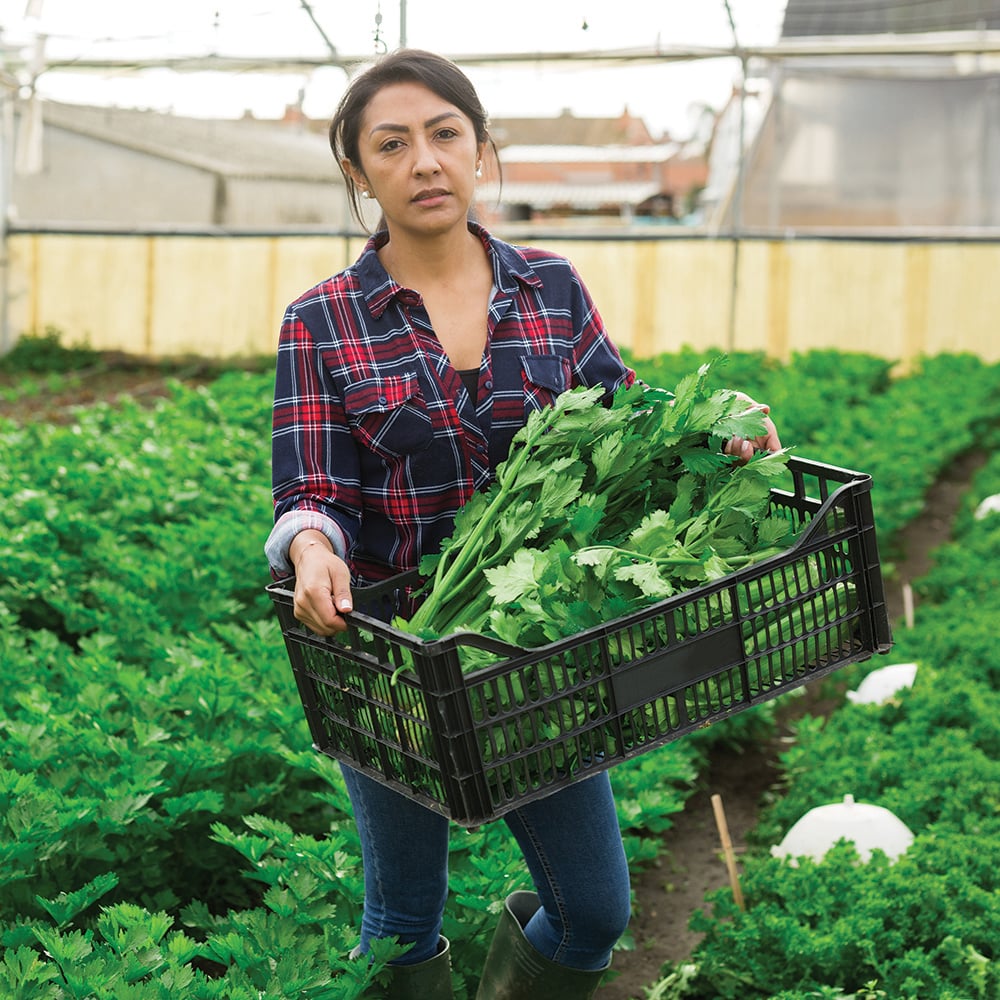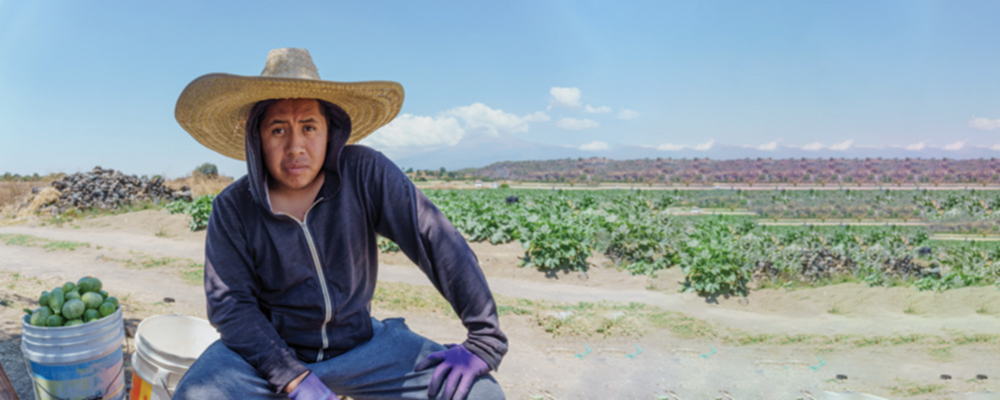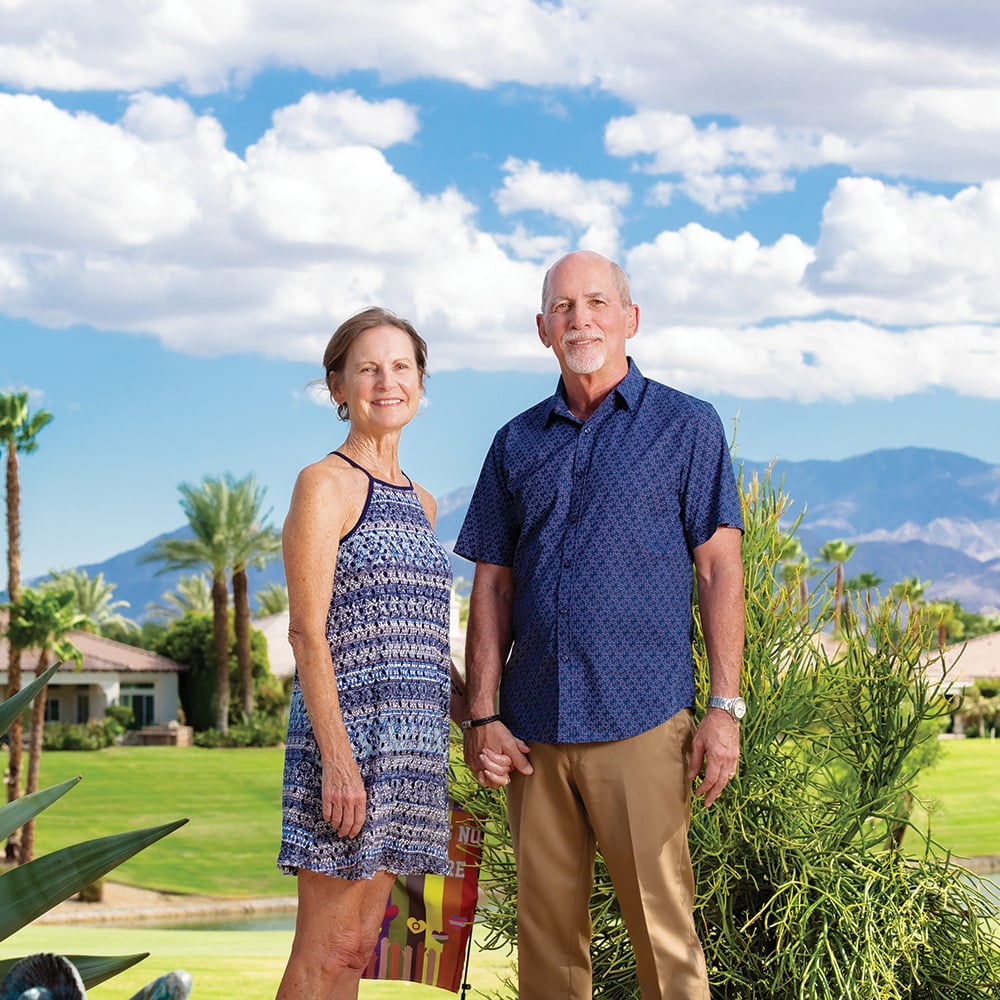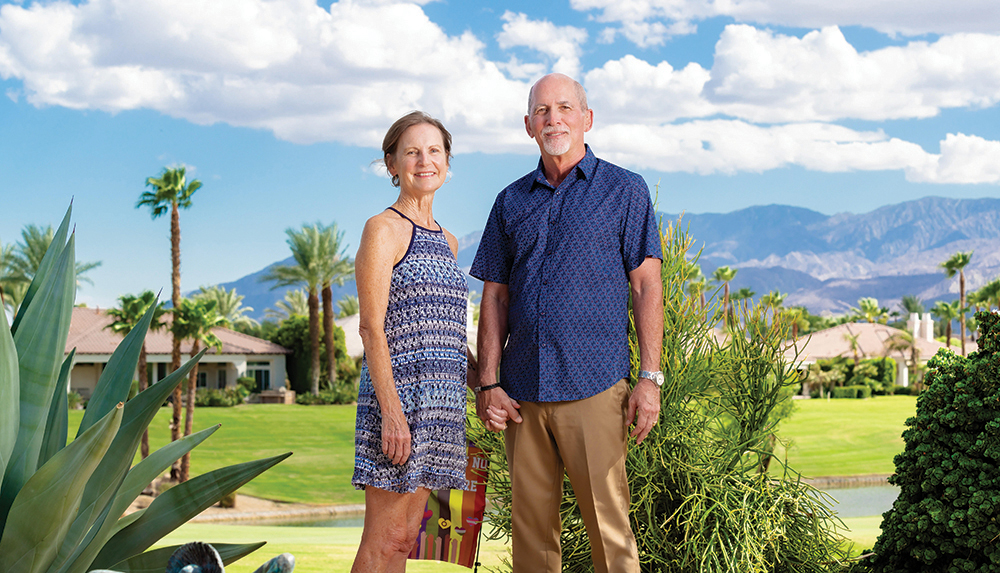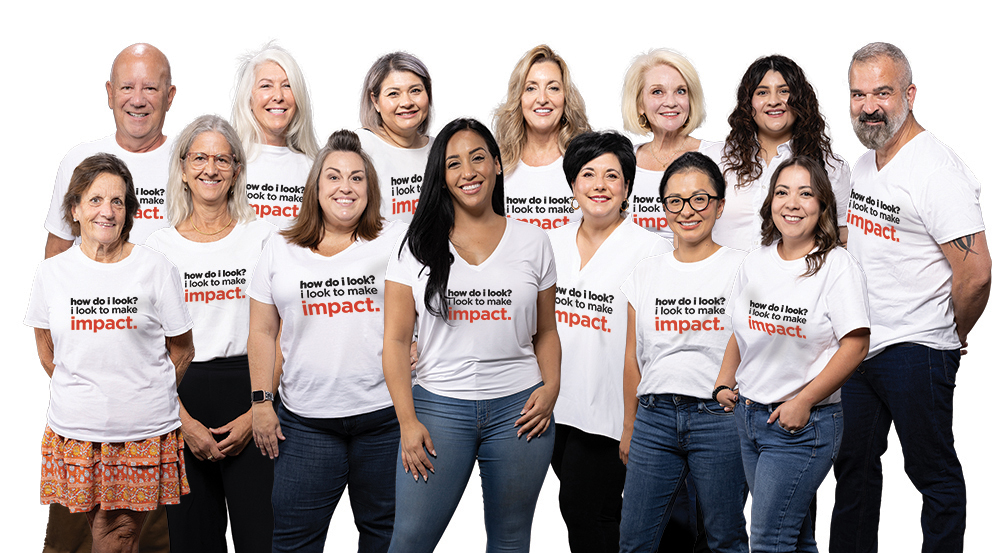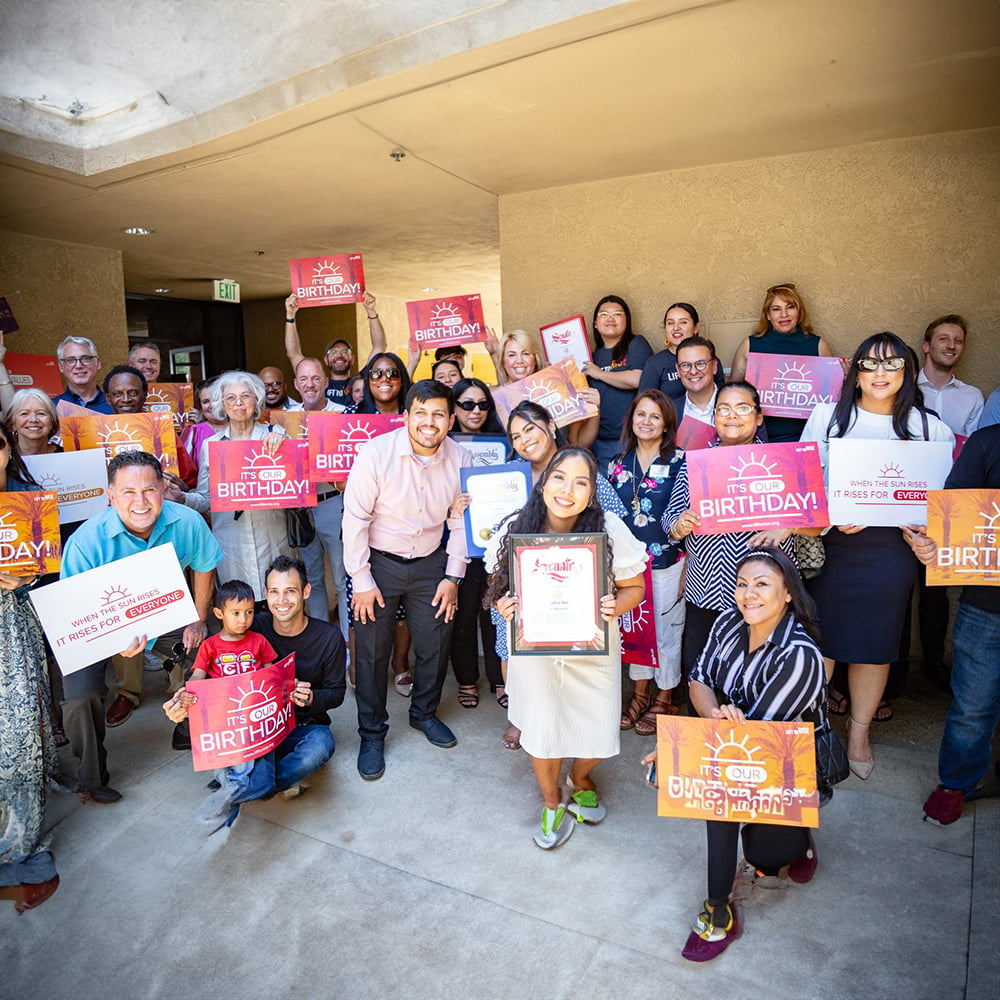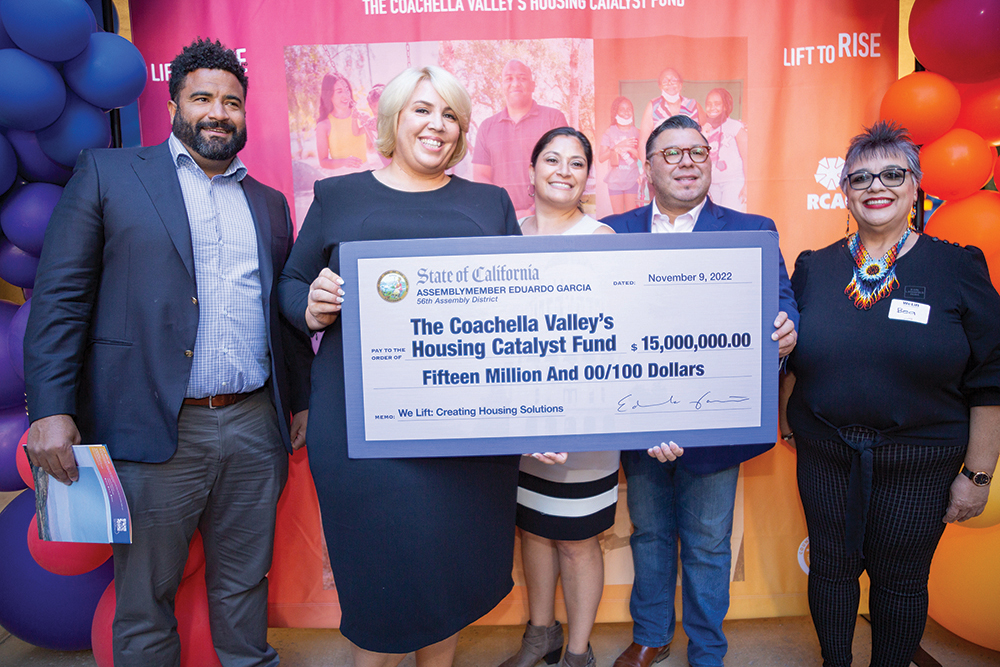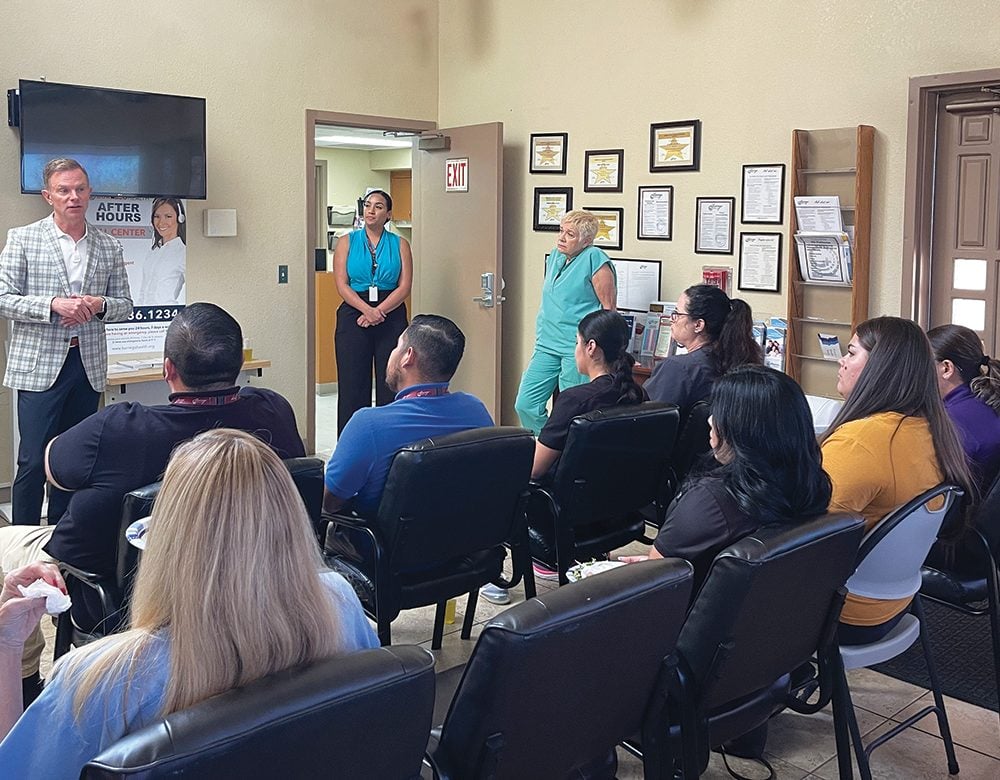
Where Did All This Peanut Allergy Come From?
Words by Ellen Bluestein
According to the American College of Allergy, Asthma & Immunology, as of 2017, 2.5% of children in the United States have peanut allergy. While that percentage may seem small, it translates to more than 1.8 million kids with a potentially fatal condition.
“Probably about 20 years ago, it was clear that this was not only a growing problem, but it had already become a public health problem in the United States and around the world,” says Dr. Andrew Liu, a pediatric allergist at the University of Colorado. “I don’t know that we’re sure why or how peanut allergy has become so prevalent. But I think it’s pretty clear that it’s real.”
Researchers have been exploring several possible hypotheses. One — the hygiene theory — explores the idea that with the advent of germ-killing cleaning products, our environments no longer provide the exposure to microbes that the immune system recognizes and learns to fight off.
“What is a microbe-rich environment? One where we’re living around a lot of animals,” says Dr. Liu. “There have been a lot of studies where it looks like allergies are less common in kids growing up in farming environments or in developing nations where people live very closely to their animals. Some people think … that the immune system doesn’t see enough of those microbial exposures early because we’ve gone and cleaned up our environment.”
Early exposure to peanuts — between four and six months of age — may be one way to reduce the allergy. “The original observation was in Israel, where they had this teething cracker called Bamba which has peanut in it,” says Dr. Liu. “And they observed that within communities where this was a common cultural practice, the prevalence of peanut allergy in the kids was really low compared to what they were seeing in other communities.”
This led to more research and ultimately a definitive study on prevention. Children were given Bamba or a derivative, and then followed. Those who received the cracker were unlikely to develop peanut allergy compared to those who didn’t get it. “It looked like early exposure … when our bodies are learning about what is safe … is an essential time period,” says Dr. Liu. “If the immune system learns that the peanut is not something to be concerned about, then that stays.”
While there is still much to be discovered, Dr. Liu is optimistic that there will be remedies for those who suffer from the life-threatening condition. “There’s work going on to develop treatments to either reduce or prevent the severe reactions to those who are peanut allergic,” he says. “There continues to be investment in a lot of research … to try to get to that place where there are treatments that can be helpful for people and young kids who are allergic.”
